PAD FOUNDATION DESIGN to EN 1992-1 : 2004 (without UK NA)
Designing a pad foundation according to EN 1992-1:2004 (Eurocode 2) without the UK National Annex (NA) involves following the general design principles outlined in the standard. However, it’s important to note that each design situation is unique, and consulting with a structural engineer or using specialized design software is highly recommended for accurate and reliable […]
PAD FOUNDATION DESIGN to EN 1992-1 : 2004 (without UK NA) Read More »



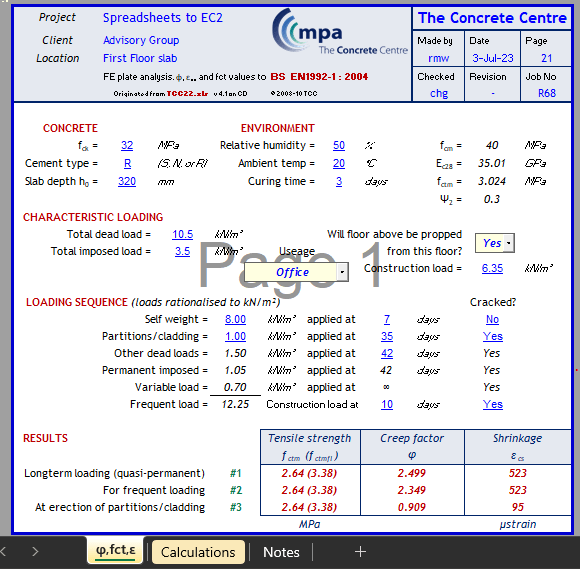
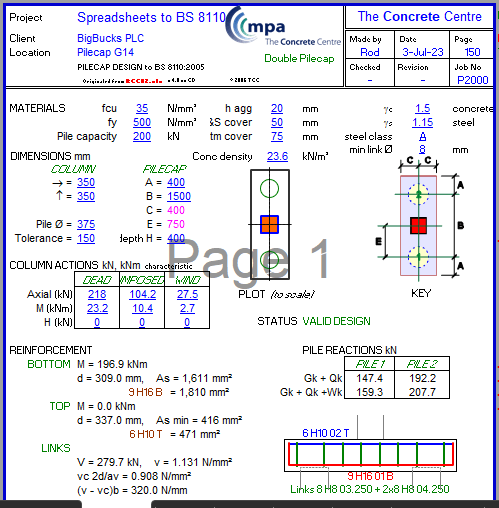
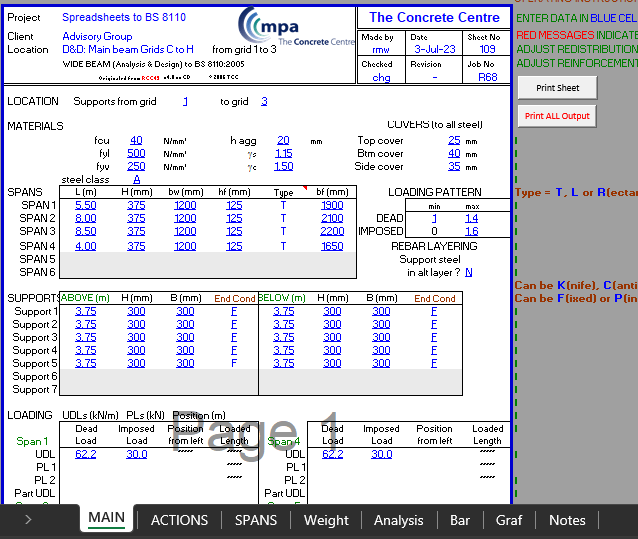



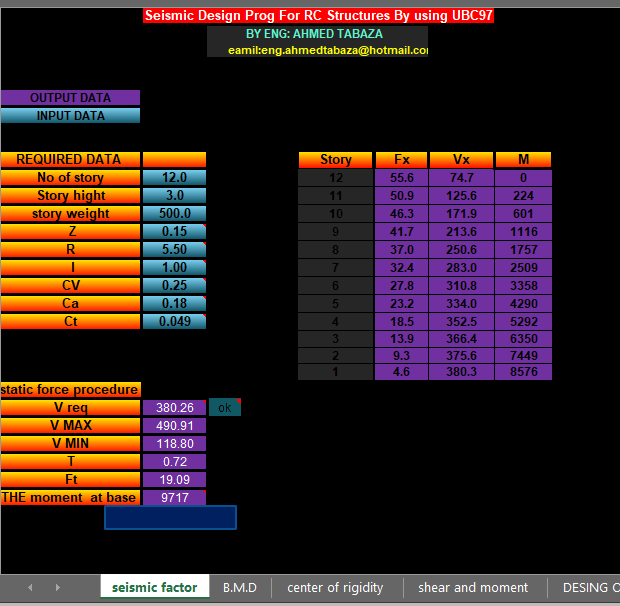
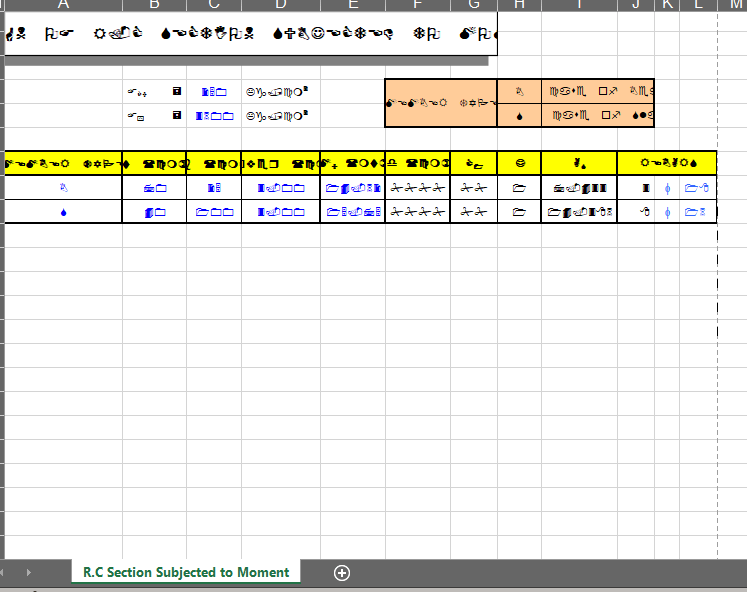
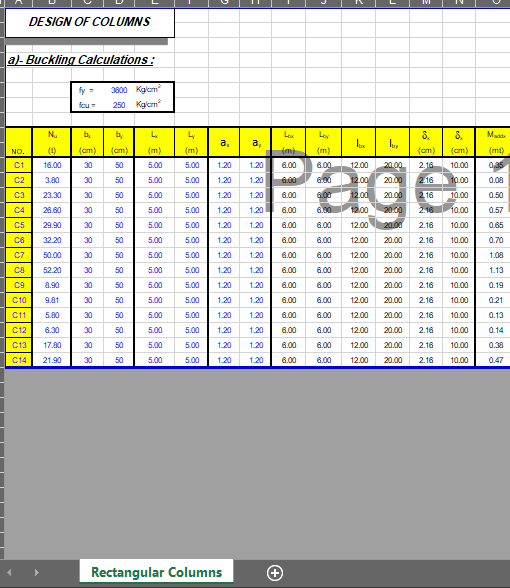
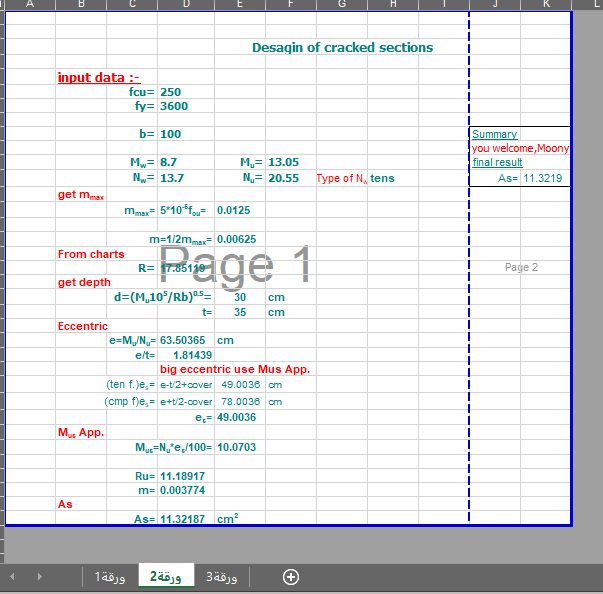
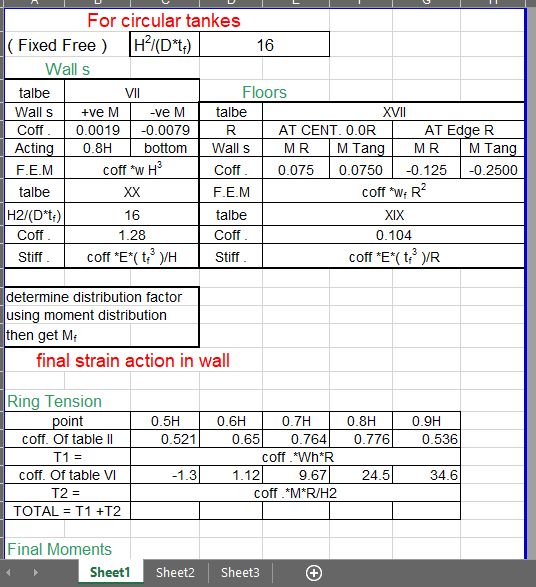
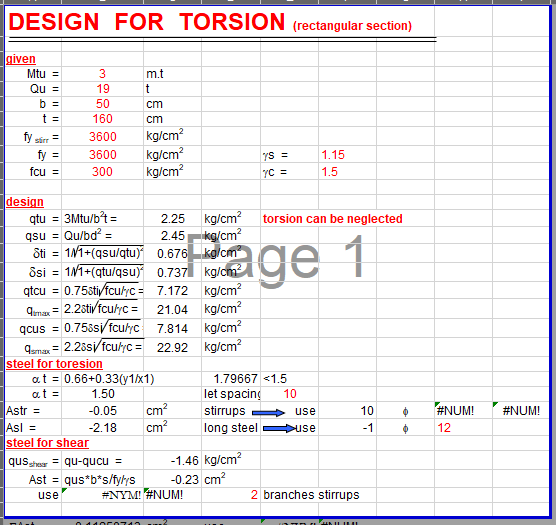




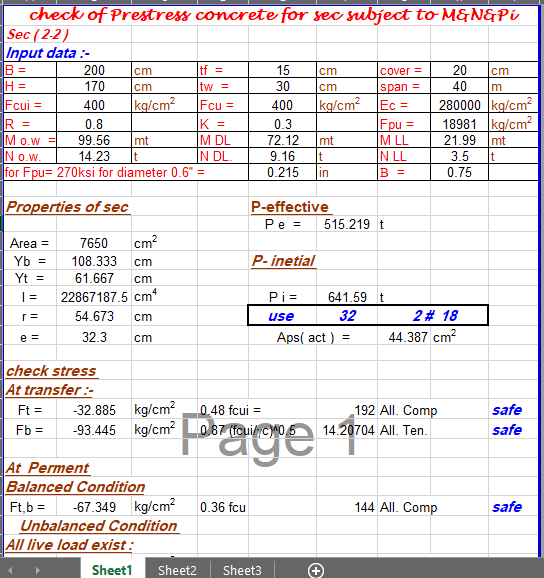

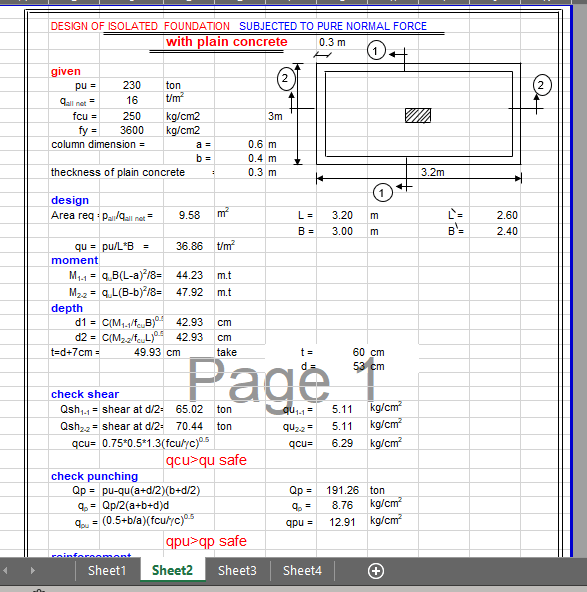
 Visit
Visit 